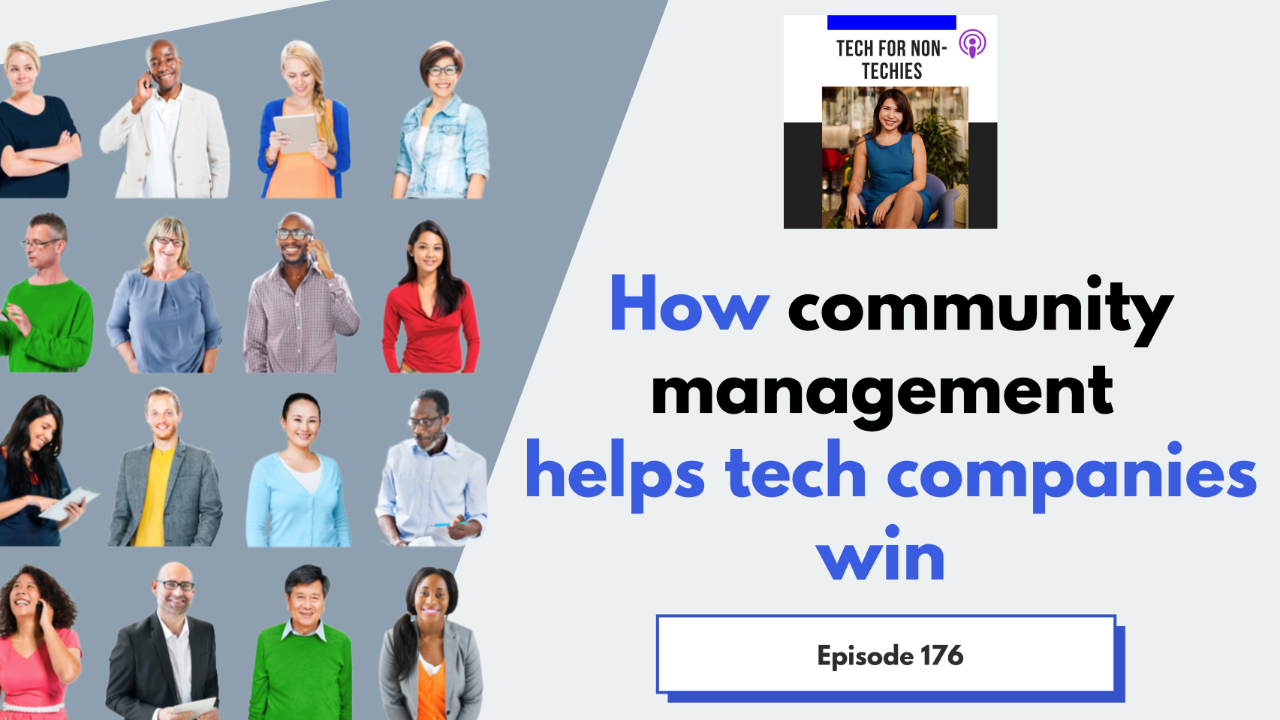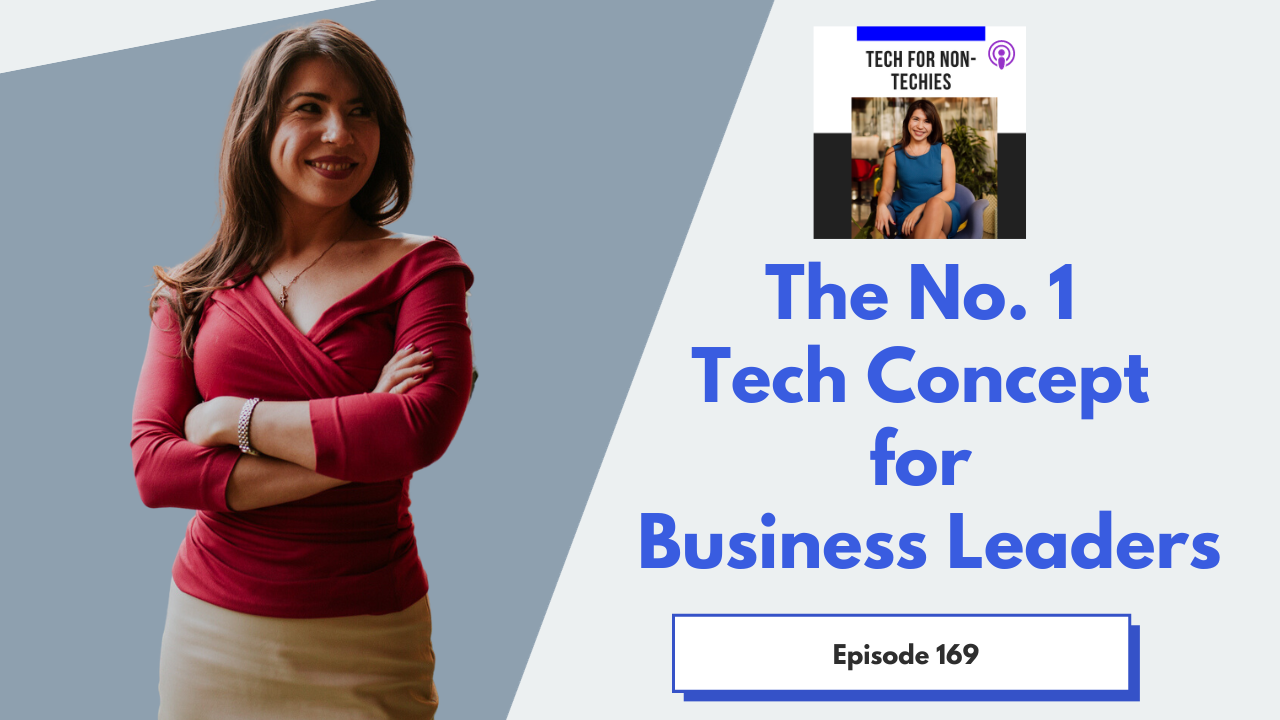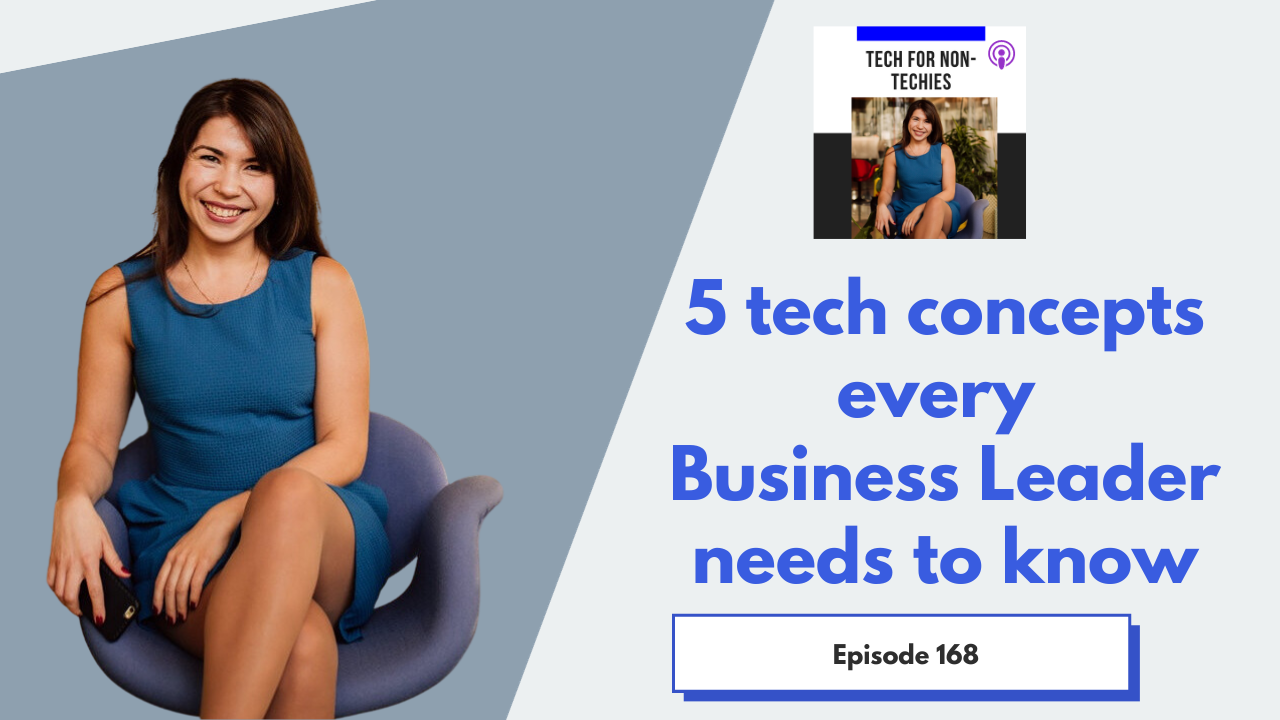In just the first half of 2023, the Sweat with Kayla app recorded over $77 million in revenue. Without an engaged community, this success would not have been possible.
A well managed community can help a business grow revenue, attract new customers and create a product that users love.
Learn h...
Gamification helped Dropbox grow its user base by 3900% in 15 months. This is why Business Leaders must know how gamification engines work & how to use them.
Listen to this 20 minute episode to learn:
- What gamification is
- When using it is imperative, and when it's just a nice to have
- Case stud ...
Tech companies have changed the stock market and the economy. But, to be a Smart Money investor, what do you really need to know about tech?
Listen to this interview with Richard Kramer to find out.
Richard is a renowned stock market analyst and founder of Arete Research, an independent equity res...
A great product attracts users, grows revenue and whets investor appetite. But what makes a great product? A good team and a smart process.
Listen to this short episode to see what a good product management process looks like.
You will learn:
- What specialists need to be involved in a product t...
If you want to transition career from a traditional industry, or a stuffy company, to a fast growing business, this episode is for you.
“The business strategies employed by highly successful start-ups and the career strategies employed by highly successful individuals are strikingly similar,” said...
ChatGPT has popularized deep tech, but most people don't really know what it is or how it differs from standard software innovation.
Don't be most people.
This episode will demystify deep tech investing and show you why smart VCs never really take any technological risk (even in the most frontier...
If you want to run a start-up, get to the top of a corporate, get headhunted for board roles or become a Smart Money investor, joining an advisory board is a smart move.
But, for advisors, boards can can also become a time drain and a risk to your reputation.
For founders, advisory boards can be ...
Traditional industries, like banking, FMCG, and real estate have a fundamental difference to tech companies. If you do not understand this difference, or under-estimate it, you will not be able to thrive in digital transformation or work with tech start-ups.
In this episode you will learn what this...
To succeed in the Digital Age, traditional business skills are no longer enough. Business Leaders need a new skillset: Digital Leadership.
This doesn't mean learning to code or taking a Python course. (Thank God!)
Instead, it means learning how to collaborate effectively with developers and data s...
Listen to this episode to get Sophia Matveeva's recommendations to hone your digital mindset.
In this episode, you'll hear the top lessons from each book and why they matter.
- The beginners' guide: Swipe to Unlock: The Insider’s Guide to Tech and Business Strategy
- Listen to this TFNT podcast i ...
Is online tracking invasive? Or do cookies make our experience of the internet better?
To answer this question, you need to understand how online tracking works and who makes money from it.
In this episode, you'll learn from Keith Petri, CEO & Founder of Lockr, which helps consumers manage their d...
How is generative AI different from standard AI? How can you tell lasting innovation from the hype?
Listen to this episode to find out. You will learn from Jamie Cattell, Global Managing Partner, Enterprise Strategy at IBM Consulting. Before joining IMB, Jamie was a partner at McKinsey where he le...















